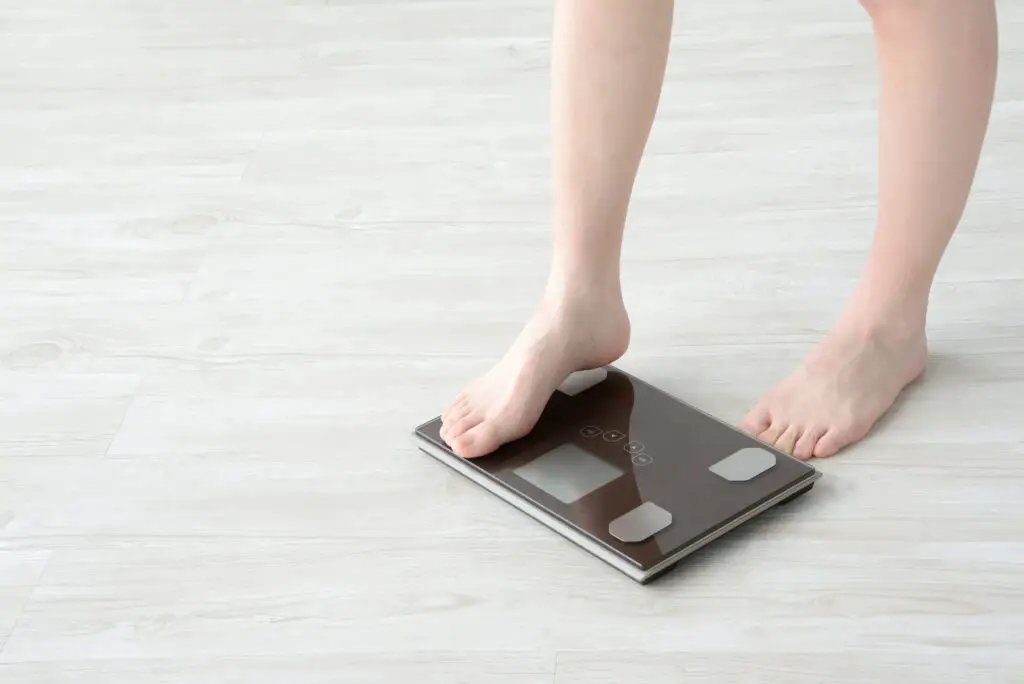An air mattress comes in handy on camping trips or when you don’t have enough beds for the number of guests staying with you. Air mattresses can also be recommended for people with back problems due to the customizable firmness and even weight distribution.
To avoid any problems with a leaky air mattress (or worse, breaking the air bed), it’s important that you know how much weight an air mattress can hold.
A standard air mattress comes with a 300-pound weight limit, which is fine if one or two people use it. This can also work out as two sleepers, each not exceeding 150 pounds, sharing one mid-sized air mattress.
A standard twin-size air mattress will support up to 450 pounds with correct use and inflation. A full, queen-sized air mattress will hold 600 pounds (or two people on the heaviest end of the scale).
Choosing the Perfect Air Mattress for any Weight; Pound for Pound
To keep you from an awkward hosting situation, a sufficient weight-holding air mattress is handy on standby. Not only are they easy to store, but air mattresses also have individual pockets and inner baffles that efficiently distribute and align weight, particularly for spine problems.
According to the CDC, the average American weighs nearly 200 pounds, with women averaging 170 pounds.
Inflatable mattresses made from durable, high-quality materials can hold between 400 and 600 pounds, offering more practical bedding solutions.
When selecting the perfect air mattress to the weight ratio of your intended sleeper, a general guideline to use would look like this;
- A single person weighing approximately 300 pounds for a twin-size air mattress
- Two people weighing approximately 450 pounds together for a full-size air mattress
- Two people weighing approximately 600 pounds together for the queen-size mattress
These are general guidelines, as an air mattress construction materials can inhibit its capacity to support heavier weights, despite it being of the sizes mentioned.
Read the manufacturer’s manual for more specific guidelines on how much weight your inflatable mattress will hold.
Generally, a raised air mattress will allow for more weight as there will be better reinforcement and higher construction quality than their thinner counterparts.
What are the Different Types of Air Mattresses?

An air mattress offers you a combination of relaxation and support, ultimately resulting in restful sleep. Also known as inflatable or dial mattresses, an air mattress uses air instead of conventional memory foam or internal spring variations.
You can adjust to customize the amount of air within the mattress for good support and the ultimate comfort experience. Some air mattress models have dual-zone features, catering to each sleeper’s preferences from plush to firm.
Air mattresses are made from materials that ensure safety, support, and durability. Most offerings will contain nylon, PVC, latex, or reinforced plastic with air valves and inflating options.
When not in use or traveling with your air mattress, you can deflate it by opening the air valve or valves. After the mattress lets out air, the rest of the bed material can be pressed down and folded over for easier carriage or stowing.
What Determines the Weight-Handling Capacities of an Air Mattress?
Depending on how many people and how frequently your air mattress will be accommodating, you can use factors to leverage for achieving maximum comfort on an air mattress.
Construction
A vital aspect that will impact your air mattress’ weight-handling capacity is its construction. The best air mattress for your desired weight shouldn’t be perceived as just another air bubble but as a complete sleeper support system.
Support structures in air mattress construction include;
Air Coils
These inflatable pillars within the air mattress distribute a sleeper’s weight evenly.
Air Beams
Similar to pillars but thinner and rib-like, air beams lie across the air mattress to enhance support capacity.
Chambers
High-end air mattresses have two internal chambers with separate air valves. A supportive mid-mattress rib divides the two chambers and adds even weight transfer, while beams or coils constitute each chamber.
Each of these compensational structures increases your air mattress’s supportive capacity, making for a rigid canvas that won’t collapse under the weight.
The air mattress you choose will best benefit your weight, but there are several other things to consider. Some of these will factor into the type, model, or size of air mattress that you’ll decide to take home, and they include;
Comfort Equals Durability
When comfort is the top priority, a heavy and more rugged constructed air mattress will better suit your requirements.
The more durable and thicker its materials, the more air it will hold, increasing a sleeper’s comfort to unmatched levels.
Air mattresses are more suited to the outdoors than their conventional counterparts. Select durable materials and upgrade your camping trip lodgings with a comfortable inflatable mattress.
Functionality for Adventure
When selecting an easy-to-carry, fold-over, or stow-away air mattress, it’s advisable to use lightweight materials. Portable air mattress offerings for hikes and other backpacking obligations weigh less, folding small to occupy less storage space.
While durable, ultra-weight air mattresses don’t possess the ruggedness of a heavier inflatable mattress, it’s less pricey.
Conclusion
Knowing how much weight your air mattress holds will be significant towards an appropriate bed for you, your guests, or those outdoor forays. When picking up an air mattress, you must consider how much weight it can hold.
When seeking air mattresses with better pound-handling capacities, navigate toward models labeled ‘high profile.’
This means more air inside gives your inflatable mattress the ability to support more weight.

